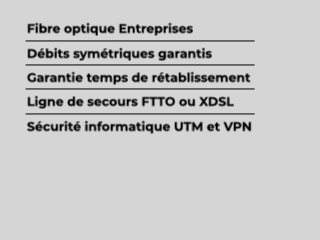
When Steve Jobs introduced the iPhone back at Macworld 2007, he prefaced the introduction by saying what was wrong with current not-so-smartphones — the hardware keyboard. They don’t go away when you don’t need them. They don’t change if you switch from text entry to bitmap editing, for example, And if you come up with a great idea later, you can’t go back an add an extra button.
Now it’s 2009 and Apple has released the iPhone 3GS, yet many people, including notable technologists, have called the lack of a physical keyboard a deal-breaker.
Is it? Let’s take a look after the break.
Dieter, in his review for the Palm Pre, had this to say:
I’ve been using QWERTY keyboards on phones for over seven years now and I had no problem adjusting to the Palm Pre. If you’re looking for a comparison, I’ll say that it’s not as good as your standard BlackBerry keyboard, but for 90% of people it’s going to be much better than the iPhone’s on-screen software keyboard. I know the keyboard is a big X factor for a lot of people, so the best I can say is that you not only need to try it for yourself, but you need to give it at least a couple of days of use before you turn in your verdict.
Personally, I’m on record as saying I vastly prefer the iPhone’s virtual keyboard to either the Treo, Windows Mobile, BlackBerrys and G1s I’ve owned or test-driven. My dislike for hardware keyboards and the pain-in-the fingers and arms they’d given me pretty much made me avoid them entirely until the iPhone came along. Zero. Stress. Typing.
Also, as we’ve said before, for those who need to switch frequently from English to Chinese, Hebrew, Arabic, or even other Roman input method, hardware keyboards just can’t compare. (And let’s not forget those who need to out-type netbooks during car races…)
Daring Fireball, in response to Tim Bray saying he’d never use an iPhone sans hardware keyboard, summed up the argument:
(1) that all phone-size keyboards — hardware or software — are poor compared to real honest-to-god full-size put-your-eight-finger-across-the-home-row-keys keyboards; but (2) given a week or two of use and some trust in the auto-correct system, most people can thumb-type just as well, if not better, on an iPhone as they could on a BlackBerry or a slider-style keyboard like the G1’s.
DF also believes Apple will never make an iPhone with a hardware keyboard, and that Apple will not suffer in the market for this (for our part, we’ve suggested the aforementioned Palm Pre could be considered the iPhone with a keyboard, given Jon Rubinstein’s history).
Given the over 40 million iPhone and iPod touch software keyboard devices already sold, and the 1 million iPhone 3GS’s sold opening weekend alone, it’s hard to argue that point. While there certainly is a niche that will never forgo the lack of a hardware keyboard, Apple seems to have proven there’s a far bigger market of those that will embrace, or at least tolerate and adapt to it.
What’s your take? Is the lack of a hardware keyboard holding the iPhone back? Is it just old-school hardware keyboarders that miss the action? Is it a deal-breaker for you? Or do you think Steve Jobs was right, a next generation smartphone needed a next generation keyboard?
This is a story by the iPhone Blog. This feed is sponsored by The iPhone Blog Store.
Does the iPhone Need a Hardware Keyboard?
Source : http://feedproxy.google.com/~r/TheIphoneBlog/~3/j5...



 Accueil
Accueil Mobile Value Added Services (MVAS) Market by Solution, by End User, by Vertical, & by Geography - Global Forecast and Analysis to 2020 - Reportlinker Review
Mobile Value Added Services (MVAS) Market by Solution, by End User, by Vertical, & by Geography - Global Forecast and Analysis to 2020 - Reportlinker Review






